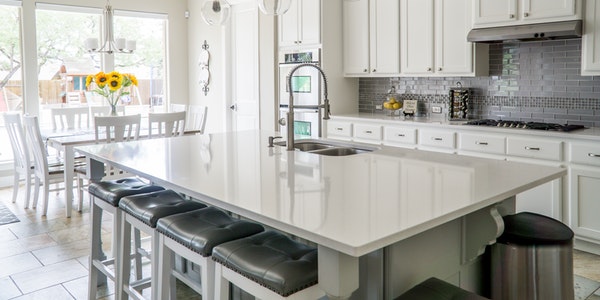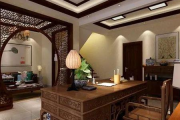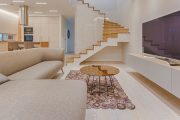Luminaire Layout Term
Smart home decorators are well aware of the importance of lighting, and can often add the finishing touch to the home environment with beautiful appearance and decent lighting effects.
Here are some tips on the selection and arrangement of lighting, hoping to help you create a warm home effect.
- Living room lighting
The living room generally uses a generous and bright chandelier or ceiling lamp as the main light, combined with other auxiliary lighting, such as wall lamps, downlights, spotlights, etc.
(1) Main lighting
If the living room has a floor height of more than 3.5m, you can choose a high-grade chandelier or ceiling lamp with a slightly larger specification size
If the floor height is about 3m, a mid-range luxury chandelier should be used
For floors below 2.5m, mid-range decorative ceiling lights should be used or the main lights should not be used.
(2) Use a stand-alone desk lamp or floor lamp on one end of the sofa, so that indirect light is scattered throughout the sitting area for conversation or reading books and newspapers.
(3) Place a unique wall lamp at an appropriate position on the wall to make the wall shine.
(4) If there are murals, showcases, etc., invisible spotlights can be set up to embellish them.
(5) Put a miniature low-illuminance incandescent lamp next to the TV, which can reduce the contrast between light and dark in the hall and help protect eyesight.
- Restaurant lighting
The focal point of family restaurant lighting is of course the dining table. Generally, hanging chandelier can be used for lighting. In order to achieve the effect, the chandelier can not be installed too high, and it can be on the eye level of the diners.
For a rectangular dining table, install two chandeliers or a long oval chandeliers. The chandeliers must have a light and shade adjuster and a lifting function, so that they can also be used for other tasks. Chinese food pays attention to color, fragrance, taste and shape, and often needs a brighter one. Warm color, and when enjoying western food, if the light is slightly darker and softer, it can create a romantic atmosphere.
The ceiling and walls of the dining room must have sufficient light, otherwise it will affect the appetite, you can use spotlights or wall lights to assist lighting.
- Study room lighting
The environment of the study should be elegant, quiet, concise and lively. It is best to illuminate the light from the upper end of the left shoulder, or install a desk lamp with higher brightness and non-glaring in front of the desk.
The desk lamp in the special study room should be an art desk lamp, such as a wall-wound desk lamp or a dimming art desk lamp, so that the light directly shines on the desk. Generally, it does not need to be used up completely, and an invisible light can be installed on the bookcase for easy retrieval.
If it is a multi-purpose study room, a semi-enclosed, opaque metal work lamp should be used, which can focus the light on the desktop, which not only meets the needs of the working plane, but does not affect other indoor activities. If you are reading on a chair or sofa, it is best to use a floor lamp with adjustable direction and height.
- [Bedroom lighting
The bedroom is a room for rest and sleep and requires better privacy. The light needs to be soft, and there should be no glare, so that people can go to sleep more easily. Dressing and makeup requires even and bright light.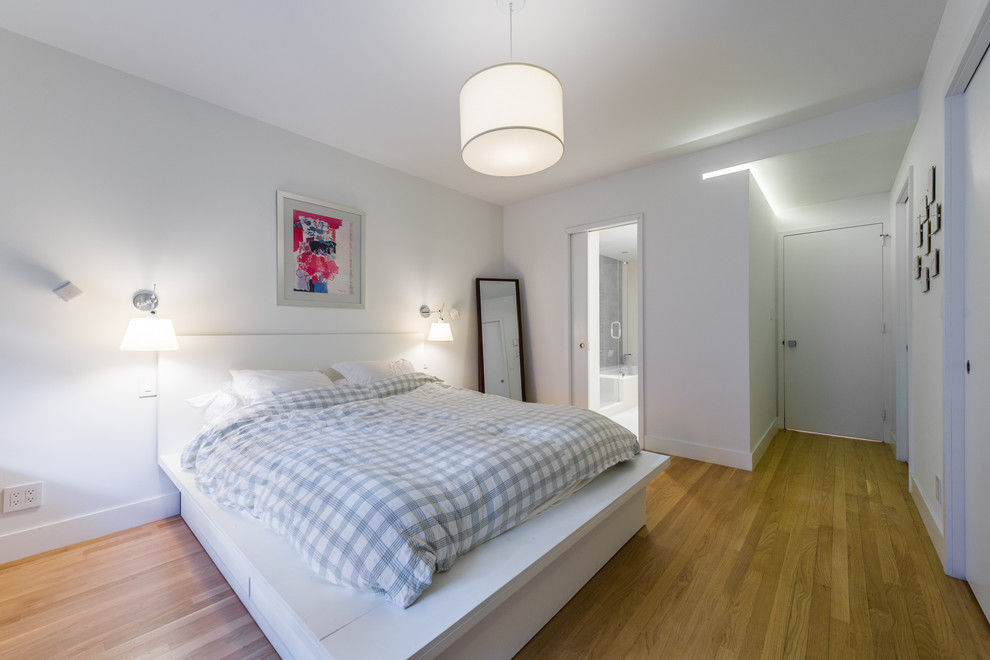
You can choose a low-light ceiling lamp as the basic lighting, and place it in the middle of the ceiling; wall lamps can be installed on the wall and beside the vanity mirror; bedside lamps are equipped with bedside lamps, in addition to the common table lamps, the base is fixed on the bed support and adjustable The modern metal lamp with the angle of the lamp cap is beautiful and practical.
- Kitchen lighting
Lamps and lanterns used in the kitchen are usually based on the principles of waterproof, oily smoke and easy to clean.
(1) Generally, an embedded or semi-embedded astigmatism ceiling lamp is installed above the operating table, and the mask is embedded with transparent glass or transparent plastic, so that the ceiling is simple and reduces the trouble caused by dust and oil.
(2) A range hood is generally installed above the stove, and there is an invisible small incandescent lamp in the hood for the stove to illuminate.
(3) If the kitchen doubles as a dining room, a single-cover single-fire lifting type or single-layer multi-fork chandelier can be set above the dining table. The light source should be warm-colored incandescent lamps, not cold-colored fluorescent lamps.
Luminescence Principle Term
Luminescence principle term 1: Incandescent lamp
The sun shines because the surface temperature is close to 6000K. All solids, liquids and gases will produce visible light if they reach a sufficiently high temperature. The incandescence of solid tungsten in incandescent lamps at about 3000K is our common light source.
characteristic:
As the temperature of the radiator increases, the color table of the radiation changes from dark red, orange, whitish, and finally to blazing blue. The color temperature also increases as the temperature of the radiator increases.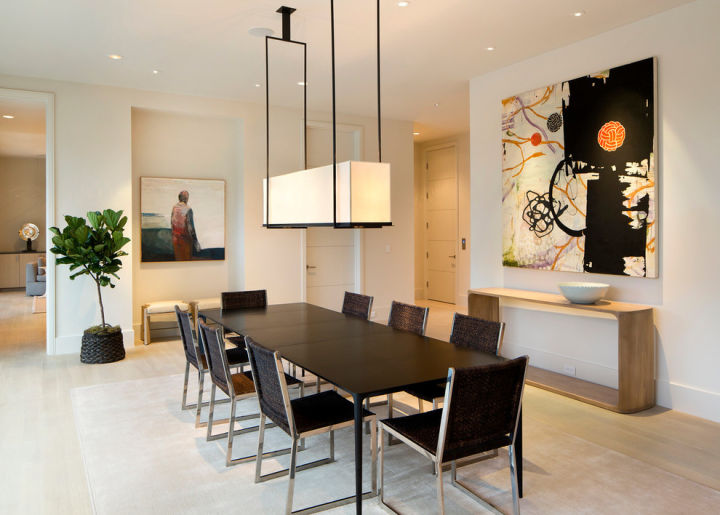
The reason why incandescent lamps use tungsten as filament material is because of the low vapor rate of tungsten at high temperature and other properties such as the ability to be drawn into filaments. There will be a certain amount of consumption when the current flows through the metal wire. When the input power is accurately balanced with the sum of the radiated power and other power losses, a stable state is reached.
The main factors that affect the life of some light sources are due to the evaporation loss of the tungsten filament, mainly hot spots and filling gas.
Light Principle Term 2: Tungsten Halogen Lamp
Wien’s displacement law shows that the higher the temperature, the higher the light efficiency. For example, the luminous efficiency of the tungsten wire surface at 3200K (the amount of light emitted per watt of electricity, the higher the value, the higher the efficiency of the light source) is 36 lm/W, and at 2800K it is 22 lm/W.
If a low thermal conductivity gas, such as krypton, is used under high pressure to suppress evaporation, a higher filament temperature can be used. To safely withstand this high pressure, a small and sturdy light bulb is needed. Very small amounts of halogens, such as various forms of iodine and bromine, can be used to react with tungsten that reaches the wall of the bulb to ensure that the bulb is clean. Through this method, a bulb with a filament temperature of 3450K is manufactured, and the light efficiency is also improved. If it is not filled with halogen, this kind of bulb will turn black in a few hours.
The way to improve the tungsten lamp is to allow only visible radiation to be emitted. If the infrared radiation is reflected back and absorbed by the filament, the power to maintain the temperature of the filament can be reduced.
Commercial realization method: invented and manufactured low-cost, low-loss, high-quality infrared reflective film, we can also call it an infrared reflective filter.
Principle of luminescence Term 3: Gas discharge
Discharge is generally more effective than incandescent lamps because its radiation comes from a temperature region higher than the solid filament can reach.
Discharge is a more selective emitter than tungsten (which can be moved to the visible or ultraviolet and away from the infrared radiation area), so there is less energy wasted in the infrared radiation area.
Discharge forms plasma, which is a mixture of ions and electrons, and is neutral on average. Generally there must be an electronic connection to the plasma, usually electrodes, but electrodeless connections are also possible.
Luminescence Principle Term 4: Chemical Type
- [Metal Halide Arc]
It can maintain a sufficiently high vapor pressure at the wall temperature of the high-pressure arc (such as 1000K), and the types of elements that can produce obvious visible light radiation are very few. In fact, the filling elements used for lighting sources are usually xenon, sodium and mercury, but the metal halides produced by most metal elements are much more active than themselves.
Many elements, especially those transition metals and rare earth metal elements in the periodic table, have a very large number of energy levels and can radiate thousands of spectral lines. Some of these elements, such as scandium and dysprosium, can generate very rich radiation in the visible light region. Some other elements, such as indium, thallium, and sodium, can produce very strong line spectra (corresponding to blue, green, and yellow, respectively). These facts above constitute the theoretical basis of metal halide lamps.
- Phosphor
Phosphors are used to convert ultraviolet radiation into visible radiation. In fluorescent lamps, in order to generate light, phosphors are also used to increase red radiation in order to improve the color of high-pressure mercury lamps and metal halide lamps.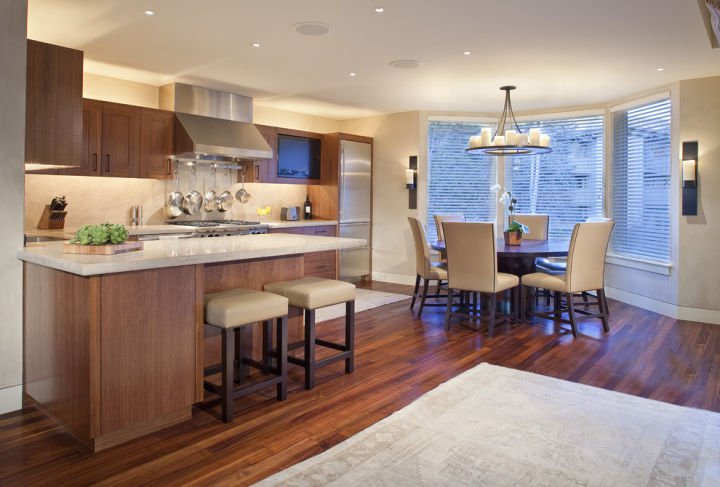
The term “luminescence” is used to describe the general process in which energy is absorbed by matter and re-emitted in the form of photons. One of these forms is called “fluorescence.” The incident photons are absorbed and then re-emitted at a longer wavelength, which is a process commonly used in lamps. There is a delay between absorption and emission, which may be between 10-9S and a fraction of a second. The process with long delay is usually referred to as phosphorescence.
The conversion of wavelength is accomplished by converting part of the energy of incident photons into lattice vibration. At the ultraviolet wavelength generated by the discharge, the phosphor must have a strong absorption band, and it must also have an emission band in the visible spectrum. High efficiency requires low absorption in the visible light region. Generally speaking, QE decreases at high temperatures. Therefore, the phosphor selected for a particular lamp must be able to work effectively at the tube wall temperature.
The solid phosphor can be ionic, semiconductor, or organic. Only the first type has the characteristics required for lamp operation.
Ionic phosphors contain a solid lattice structure in which catalyst atoms are introduced, but at a concentration of 1%. The catalyst forms an ion on a definite lattice seat and is subjected to electric power—a crystal field—which changes its energy level relative to free ions.
Ions are coupled with the lattice vibration. This is because when the surrounding lattice vibrates, the crystal field fluctuates, causing the catalyst to withstand different forces. Therefore, the energy level of the catalyst ion depends on the relative position of the ions in the surrounding lattice.
Three primary color phosphors: red (610nm) powder, green (545nm) powder, blue (6450nm) powder.
The phosphor in the fluorescent lamp is exposed to the bombardment of the harmful mixture of ions and photons, which degrades the light output during its lifetime. This leads to the absorption of ultraviolet and visible light, thereby reducing the conversion efficiency of phosphors. The main causes of degradation are:
⑴ The ultraviolet bombardment that forms the light or ultraviolet absorption color center is caused by the electron traps in the lattice defects,
(2) The excited and ionized mercury reaches the surface of the phosphor, causing the light injection of mercury atoms to be absorbed on the surface of the phosphor exposed to the discharge.
(3) At the junction of phosphor and glass, an absorption mixture of sodium (from glass) and mercury is formed. The rare earth activated phosphors used in compact fluorescent lamps have a particularly damage-resistant lattice and excellent maintenance rate. It is the invention of these phosphors that makes the idea of compact fluorescent lamps a commercial reality.
The three primary colors of rare earth metal phosphors are red, green and blue. That is, the rare earth metals show three basic colors under ultraviolet irradiation, and then mix them into various colors of visible light in proportion.

